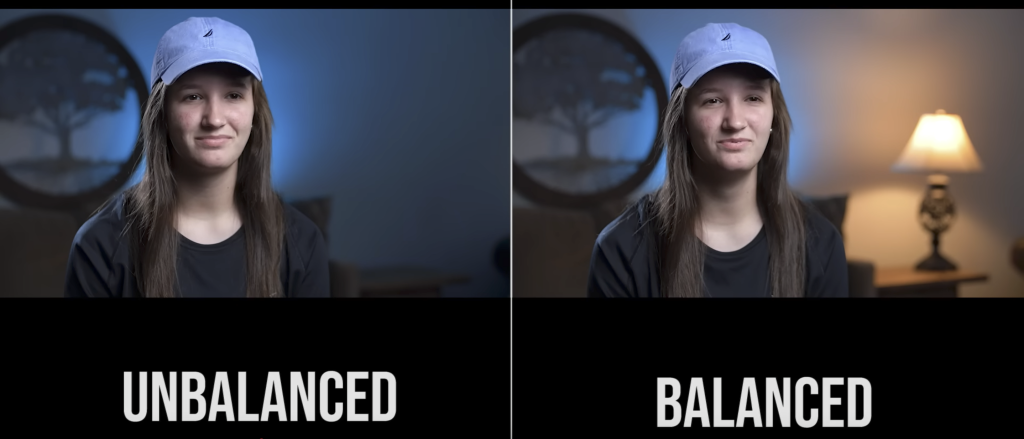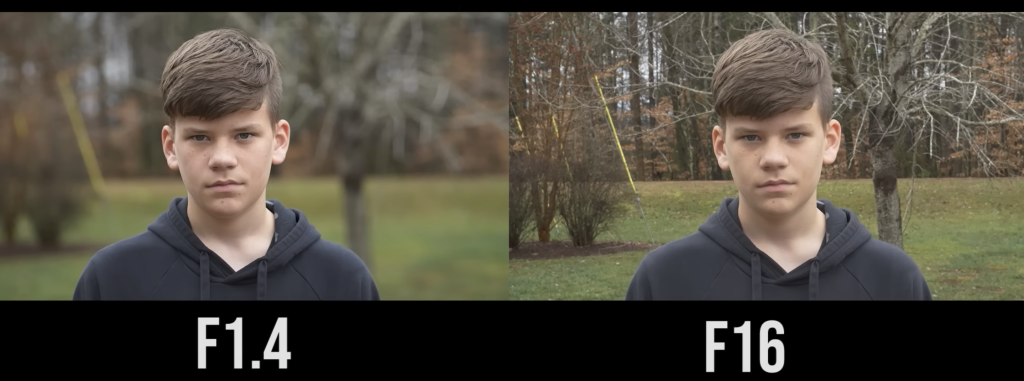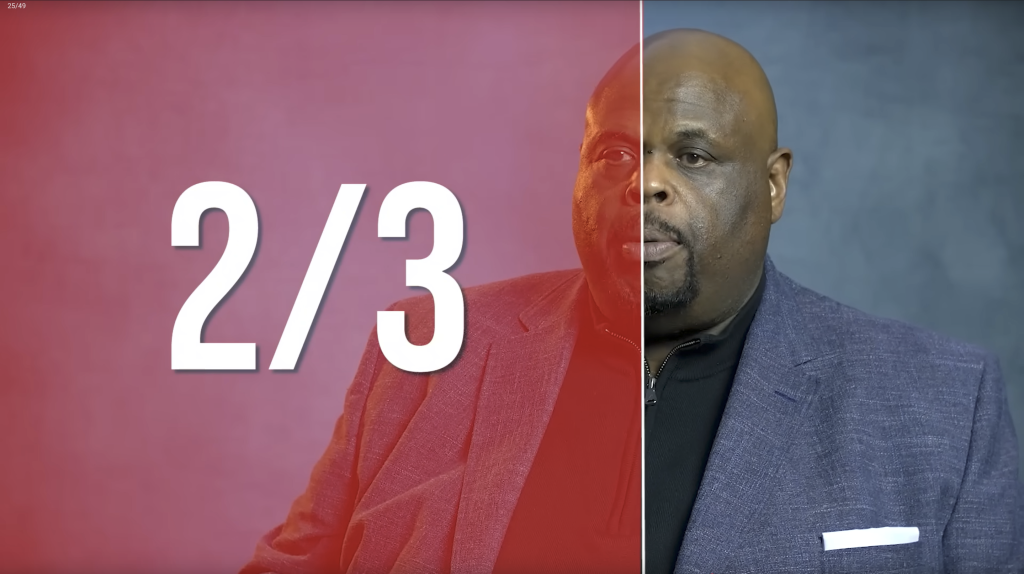Step 1 The Rule of Thirds
The rule of thirds is a visual composition guideline that divides an image or video frame into nine equal parts using two horizontal and two vertical lines. By placing key elements of the scene along these lines or at their intersections, you create a more balanced, natural, and visually engaging shot. This technique draws the viewer’s eye toward the most important parts of the frame and helps avoid flat or centered compositions, giving your visuals a more dynamic and professional feel.

Step 2 Balance
Balance in photography and design refers to the visual harmony achieved when elements within a composition are arranged so that no single part overpowers the rest. It creates a sense of stability and order, guiding the viewer’s eye comfortably through the image or layout. Balance can be symmetrical, where both sides mirror each other for a formal, structured feel, or asymmetrical, where contrasting elements of size, color, or texture are arranged to create equal visual weight. Mastering balance ensures that every element contributes to a cohesive, engaging design that feels intentional and pleasing to the eye.

Step 3 Depth
Depth in videography refers to the sense of three-dimensional space within a two-dimensional frame, making the viewer feel immersed in the scene. Videographers create depth by using techniques such as leading lines, layered composition, changes in scale, movement, and variations in focus or lighting. Elements in the foreground, middle ground, and background help establish spatial relationships that guide the viewer’s eye through the shot. Controlling depth—whether through a shallow depth of field for intimacy or a deep one for expansive environments—adds realism, emotion, and visual interest to a video.

Step 4 Leading Lines
Leading lines in video are visual elements that guide the viewer’s eye through the frame toward a specific subject or focal point. These lines can be natural, like roads, rivers, or shadows, or man-made, such as hallways, fences, or architectural features. By strategically positioning and framing these lines, videographers can create depth, emphasize motion, and direct attention within a scene. Leading lines not only enhance composition but also strengthen storytelling by drawing viewers into the narrative flow and creating a more dynamic and visually engaging shot.

Step 5 Symmetry
Symmetry in videography refers to the balanced arrangement of visual elements on either side of the frame, creating a sense of harmony, order, and visual stability. When used effectively, symmetrical compositions can evoke feelings of calmness, perfection, or even tension, depending on the context of the scene. Centering the subject or aligning key elements along a central axis draws attention directly to the focal point and can make a shot feel powerful and intentional. Symmetry is often used in genres like drama, sci-fi, and documentary to convey control, beauty, or precision, giving the video a polished and cinematic aesthetic.

Step 6 Dominant Subject
A dominant subject in videography is the main focal point that captures the viewer’s attention and anchors the composition. It’s the element—whether a person, object, or action—that the entire shot is built around, guiding the viewer’s eye and shaping the emotional tone of the scene. Videographers emphasize the dominant subject through framing, lighting, focus, color contrast, or movement, ensuring it stands out clearly from the background. Establishing a strong dominant subject not only creates visual clarity but also strengthens storytelling by directing attention to what matters most in the narrative.

Step 7 Headroom/Leadingroom
Leading room and headroom in videography are essential framing techniques that create natural and visually comfortable compositions. Leading room, also called “nose room,” is the space left in front of a subject’s gaze or movement direction, giving them room to “look” or “move into” within the frame. Headroom refers to the space between the top of a subject’s head and the upper edge of the frame, preventing the shot from feeling cramped or awkward. Properly balancing both ensures that subjects feel grounded and the viewer’s focus remains where intended. Too little space can make a shot feel tense or unnatural, while too much can make it feel distant or unbalanced.


Step 8 Break the Rules
In videography, breaking the rules of composition can be a powerful creative choice that serves the story rather than the formula. While guidelines like the rule of thirds or proper headroom help create balanced and appealing shots, intentionally breaking them can evoke emotion, tension, or focus. For example, centering a character in a chaotic scene can emphasize control, or cutting off headroom can heighten unease. These deliberate choices draw attention, challenge expectations, and help convey mood or character perspective—proving that understanding the rules gives videographers the freedom to break them effectively for storytelling impact.
